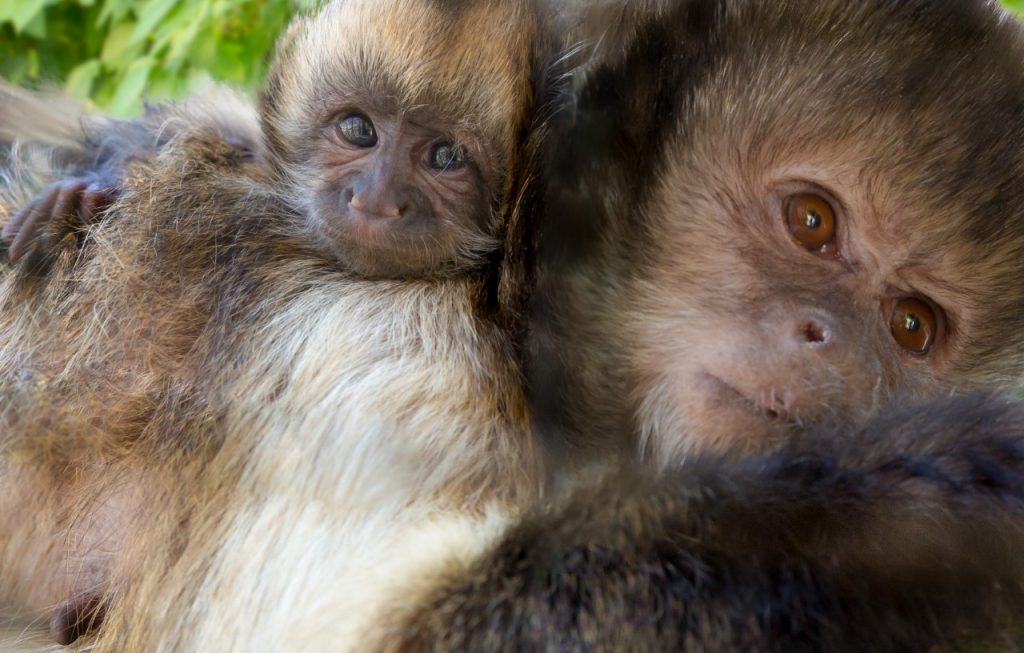Body weight changes of leopard tortoises (Stigmochelys pardalis) fed two isoenergetic diets
Citation
Benson BP, Edwards MS. 2015. Body weight changes of leopard tortoises (Stigmochelys pardalis) fed two isoenergetic diets. In Bissell H, Brooks M Eds. Proceedings of the Eleventh Conference on Zoo and Wildlife Nutrition, AZA Nutrition Advisory Group, Portland, OR.
Abstract
Growth patterns of captive leopard tortoises (Stigmochelys pardalis) have been compared with those of free-ranging individuals (Hailey and Coulson, 1999; Rall, 1988; Ritz et al., 2010). Although useful comparative references for captive animal management, the lack of quantified food intake and opportunistic morphometric sampling associated with wild specimens limits their application. Average daily gain (ADG) of 17 female leopard tortoises born of the same clutch, was analyzed over two 12-mo periods: Period A was January through December 2012 (ages 2650-3015 days) and Period B was January through December 2014 (ages 3380-3745 days). Food offered supplied 50% of herbivorous reptile field metabolic rate (FMR, kJ ME/day) based on weekly body weight throughout both periods (Nagy et al., 1999). Daily food intake was quantified as the difference between food offered and orts remaining after 10 hr. On a dry matter basis, calculated metabolizable energy (ME; 12.93, 13.78 kJ/g), crude protein (CP; 13.7%, 16.3%), crude fat (CFat; 3.8%, 6.8%), and structural carbohydrates (crude fiber [CF]; 22.3%, 17.7%), differed for commercial diet blends consumed during Period A and B, respectively. The contributions (%) of CP and CF to consumed ME were consistent with previous recommendations (Donoghue and McKeown, 1999). NDF content was 51.4% and 40.7%, respectively. Absolute amount of ADG was significantly greater during Period A (P < 0.05) (Figure 1). Periods reported here represent ages beyond those for which growth has been previously described (Rall, 1988). Lower Period B growth rates may 1) be a result of reduced energy utilization associated with the nutrient profile consumed over that time and/or 2) coincide with a species typical, age-related decline associated with maturity.
 25_Benson.pdf 26 KB
25_Benson.pdf 26 KB








